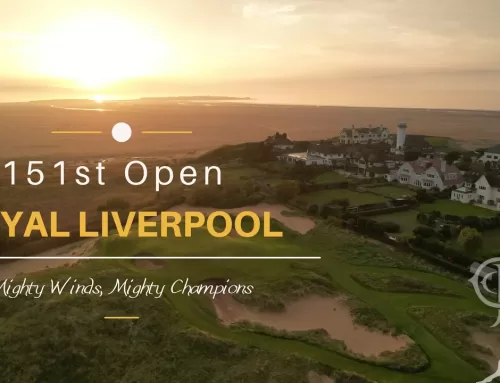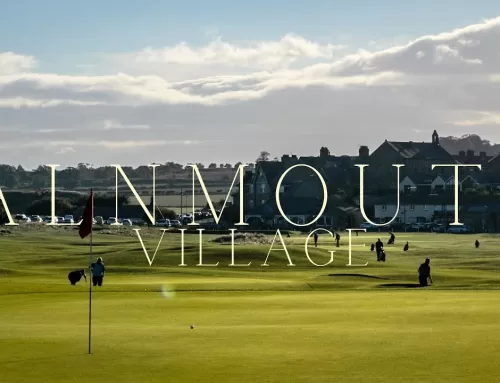Our latest Story of a Golf Club episode, we stay put in England’s Golf Coast, this time at the historic and hallowed links land of West Lancs. This side of the Mersey, it is the oldest course you will find. Founded in 1873 by seven members of Royal Liverpool Golf Club, looking to expand the ‘Scottish national game’, as it grew in popularity and when you walk the fairways at West Lancs taking in the coastal views that are integral to its design, you quickly realise that mother nature is responsible for the layout we fundamentally enjoy. Whilst many architects over the years have changed the routing and its been adapted over time, including the likes of Tom Dunn, Harold Hilton & James Braid, the current layout is the work of CK Cotton in the 1960’s, when the club also installed its current clubhouse.
Interestingly, Harold Hilton also shares a strong affinity with the club. Although playing over at Royal Liverpool, Harold Hilton was also a member at West Lancs when he won his two Open Championships, and in 1901 became the Club’s first paid Secretary in the same year as winning his second of his four Amateur Championships, beating John Low on the final hole at the Old Course. Hilton has an amateur career in the game that, with the exception of Bobby Jones, has not been eclipsed.

In 1922, Bernard Darwin wrote of the course;-
“The course at West Lancashire lies on a noble stretch of ground which is second to none, not even to the East Lothian or the country around Troon and Prestwick”. West Lancs also offers up some fabulous views throughout the course, with several elevated tees allowing panoramic views of the property, and Antony Gormley’s ‘army of iron statues’ can be seen from a number of vantage points at low-tide.
The course today is much more than a classic out and back links, owing to the involvement of architects over the years, and nowadays, it enjoys a routing which plays in different directions keeping the player on their toes as they seek to navigate the difficult two and three shotters. The big challenge being the green complexes which have some of the best run-offs we have seen in a classic links layout, whereby the green is subtly raised above the rest of the playing surface, with beautiful swales and coffins capturing errant approach shots, making a scramble for par all the more difficult, testament to why West Lancs has been able to hold many prestigious events throughout his history, including open qualifying, Brabazon trophies & several amateur championships. Most recently it held the 2020 Women’s Amateur, a fabulous event where Aline Krauter from Germany lifted the prestigious trophy.
The back 9 at west Lancs, although more hidden from coastal views, is where the course really comes alive with intrigue, elevation change, and variety. With the stunning par 3 12th, and difficult par 4 14th, and at no stage do you feel like par is an easy score here. This is a difficult course where getting distracted by the beauty of the Mersey estuary, and admiring the views is a poor decision. West Lancs requires sure and committed shots, a sound strategic game, and a bit of local knowledge to play well!







